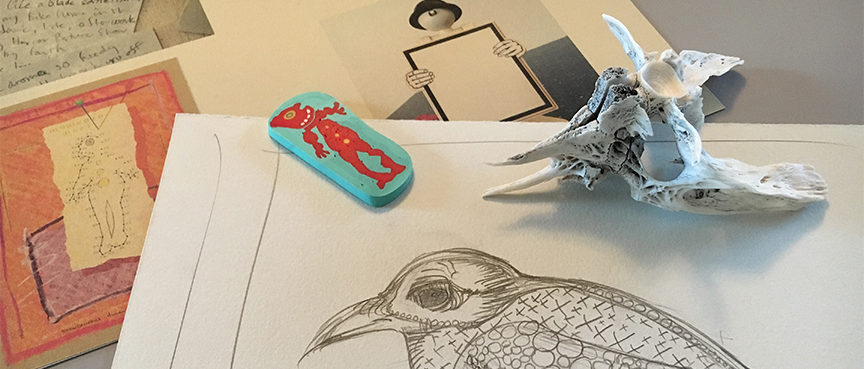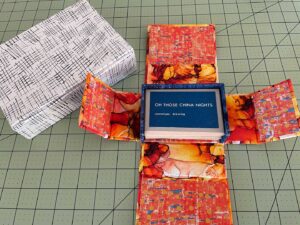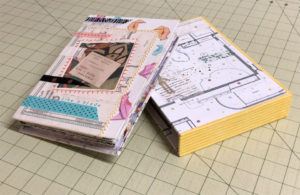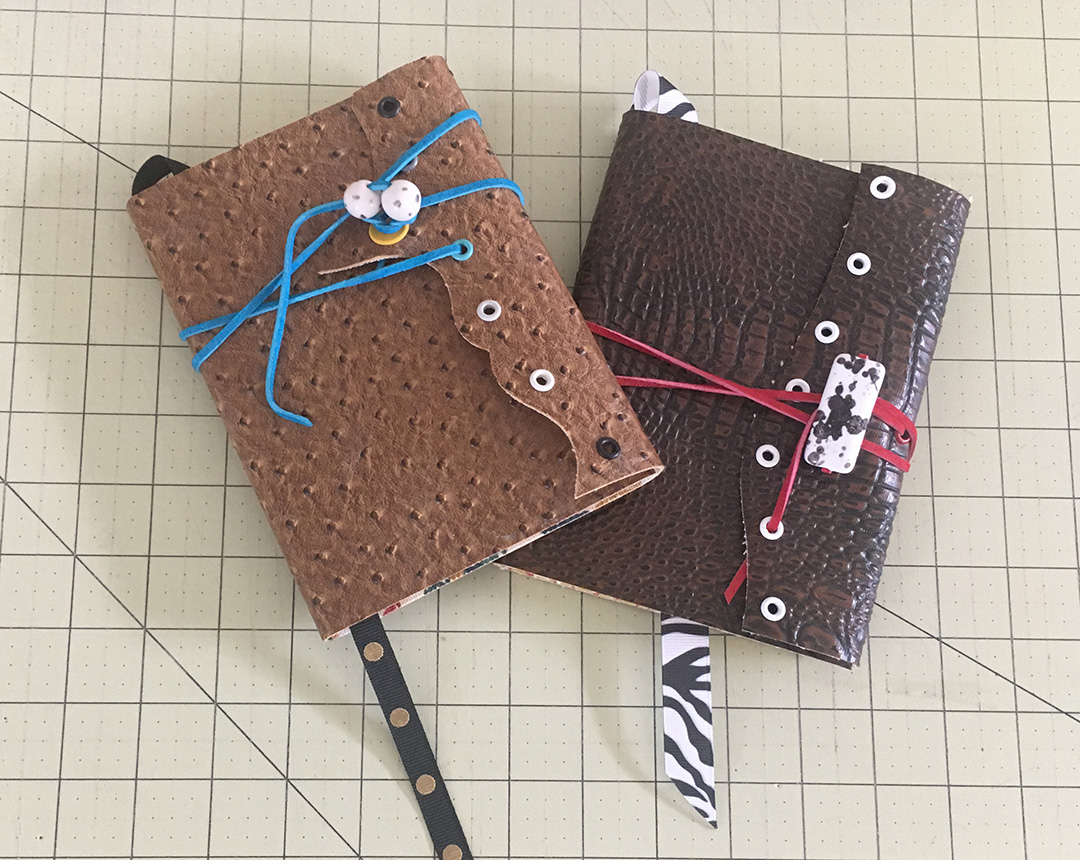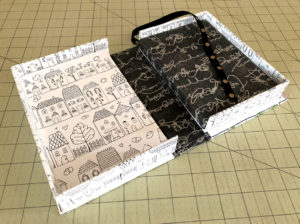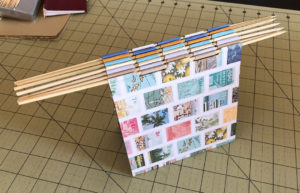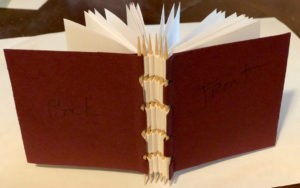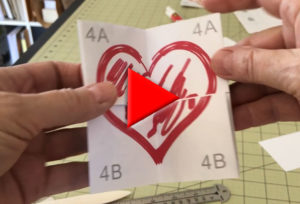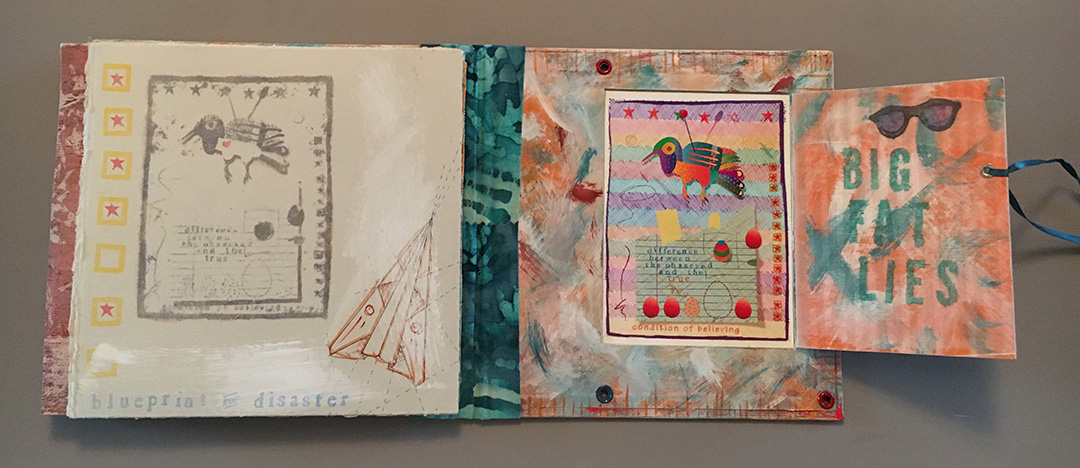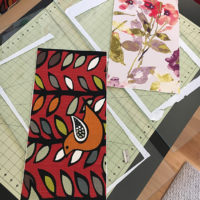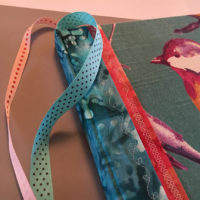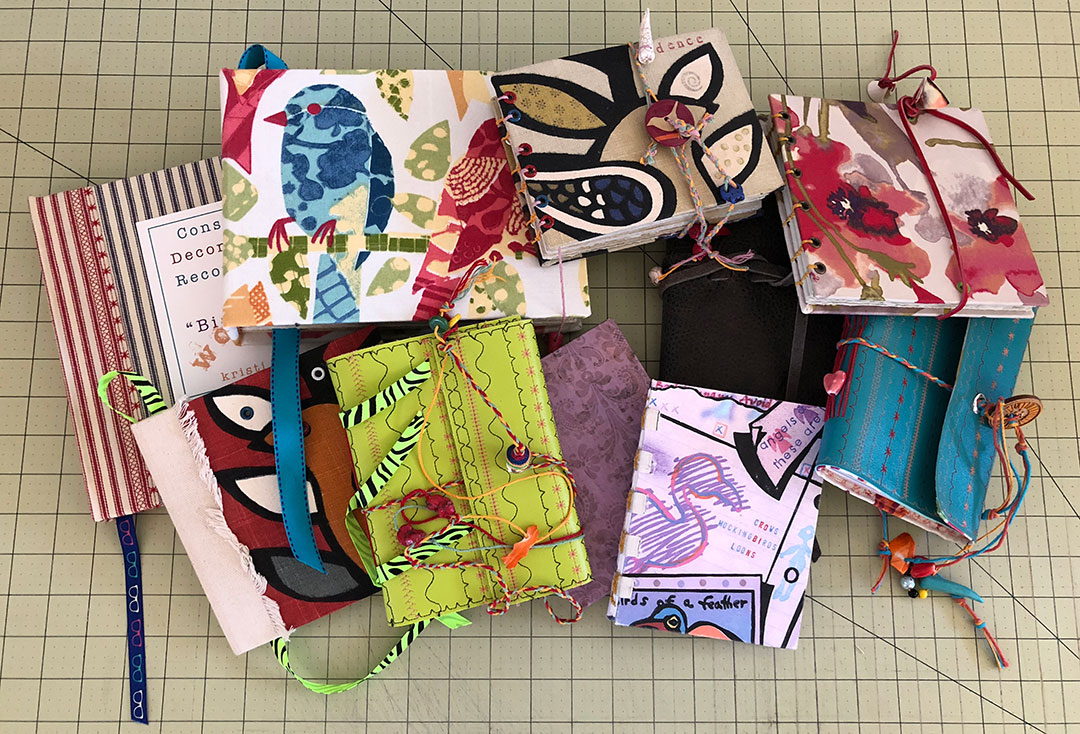
Handmade Books Made Easy
DIY bookmaking and bookbinding – that’s the goal of this website. Making your own handmade books and journals, as well as boxes and portfolios, doesn’t have to be some esoteric exercise that you need lots of schooling or training for.
Here you’ll find just a few of the many bookbinding and bookmaking choices you have for creating your own unique handmade books, journals and sketchbooks, as well as many different kinds of boxes.
Each technique has an easy-to-understand video tutorial along with written instructions, which will make creating your own handmade books and boxes an easy and fun task. For many of the books and most of the boxes there are also downloadable worksheets to help you get your measurements just right.
NEW!
Card Box/ Portfolio Box
This very neat little box is a great way to present precious mementos like old postcards or photographs, or a classy way to store prints, or a unique way to present your portfolio. So many uses!
*Sewn Bindings*
Scrap Journal with Ribbon Binding
A Scrap Journal, or Junk Journal, is a creative way to deal with all those bits and pieces left over from other projects that you can’t bear to throw away.
Long Stitch
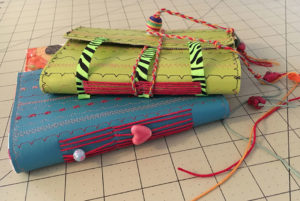 This clean and simple (unless you decide to dress it up :)) binding stitch is easy to master and has the advantage of allowing your book to lie flat when it is open. This technique allows for lots of creative ways to add bling to your books!
This clean and simple (unless you decide to dress it up :)) binding stitch is easy to master and has the advantage of allowing your book to lie flat when it is open. This technique allows for lots of creative ways to add bling to your books!
Leather Wrapped Journal
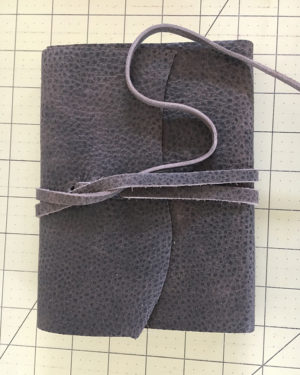 You will need to create a sewn textblock for this journal and use a bit of glue, but the binding is very simple and organic. You can use leather, or faux leather (see below), to create the cover.
You will need to create a sewn textblock for this journal and use a bit of glue, but the binding is very simple and organic. You can use leather, or faux leather (see below), to create the cover.
Faux Leather Wrapped Journal
Just like the leather wrapped journal, but you can make this out of lots of different fun fake leathers lined with decorative material. Look further down this list for a fun technique for making your own soft covers, or just go to that page now.
Coptic Stitch Binding
 There are many versions of the Coptic Stitch binding. This is an ancient binding technique used by the Copts in Egypt as early as the 2nd century AD and is characterized by sections or signatures attached to each other with a series of linked chain stitches across the spine. One of its many advantages is that it allows the book to lie flat when opened. Learn more about Coptic Stitch binding and how to create a book using this technique here.
There are many versions of the Coptic Stitch binding. This is an ancient binding technique used by the Copts in Egypt as early as the 2nd century AD and is characterized by sections or signatures attached to each other with a series of linked chain stitches across the spine. One of its many advantages is that it allows the book to lie flat when opened. Learn more about Coptic Stitch binding and how to create a book using this technique here.
Simple French Link Stitch Binding
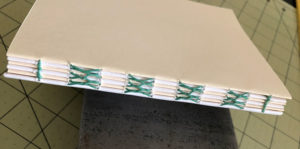 Like the Coptic stitch, the French Link Stitch is another exposed spine binding. This book is created without a cover but once all of the signatures are combined a cover can be added.
Like the Coptic stitch, the French Link Stitch is another exposed spine binding. This book is created without a cover but once all of the signatures are combined a cover can be added.
French Link Stitch with Tape Cover
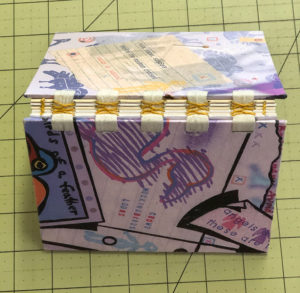 This binding uses the same French Link stitch shown above, but adds a fun twist with a hardcover joined with tapes that are sewn in as part of the binding.
This binding uses the same French Link stitch shown above, but adds a fun twist with a hardcover joined with tapes that are sewn in as part of the binding.
Secret Belgian Binding
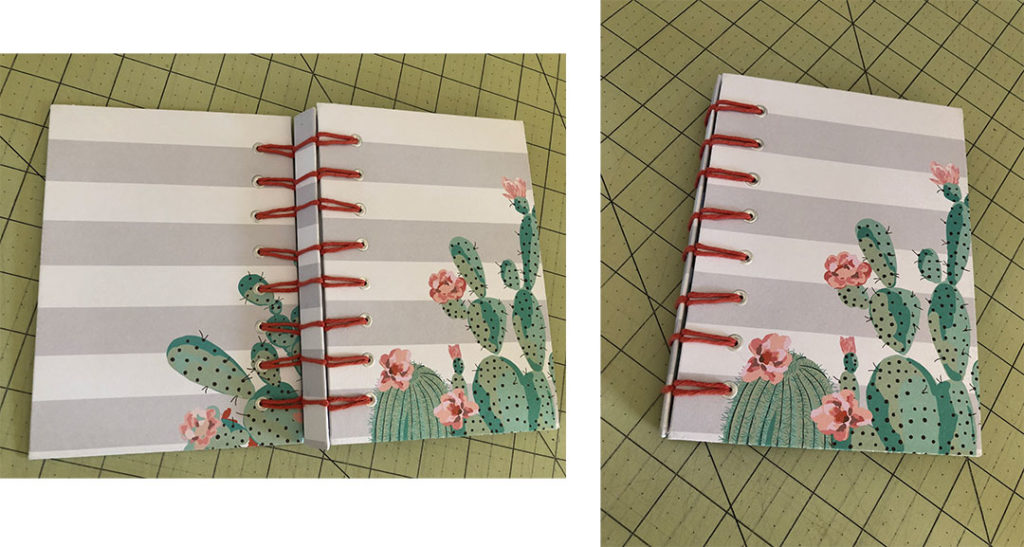 This lovely and intricate-looking binding technique is actually quite simple. The book cover is woven together first and then the signatures are attached one at a time. An added bonus is that this book will lie flat when open.
This lovely and intricate-looking binding technique is actually quite simple. The book cover is woven together first and then the signatures are attached one at a time. An added bonus is that this book will lie flat when open.
Traditional Case Binding
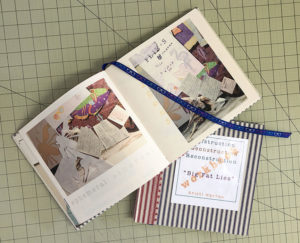 This is the most common type of bookbinding, the type of binding that you would see on most hardbound commercial books.
This is the most common type of bookbinding, the type of binding that you would see on most hardbound commercial books.
The pages consist of folded pieces of paper, sewn together into signatures. Groups of signatures are glued together to create a text block. This text block is then attached to, or encased in, a cardboard covering or ‘case’ that has been covered with decorative cloth, paper or leather. Case bound books do not lie completely flat when opened.
Caterpillar Stitch
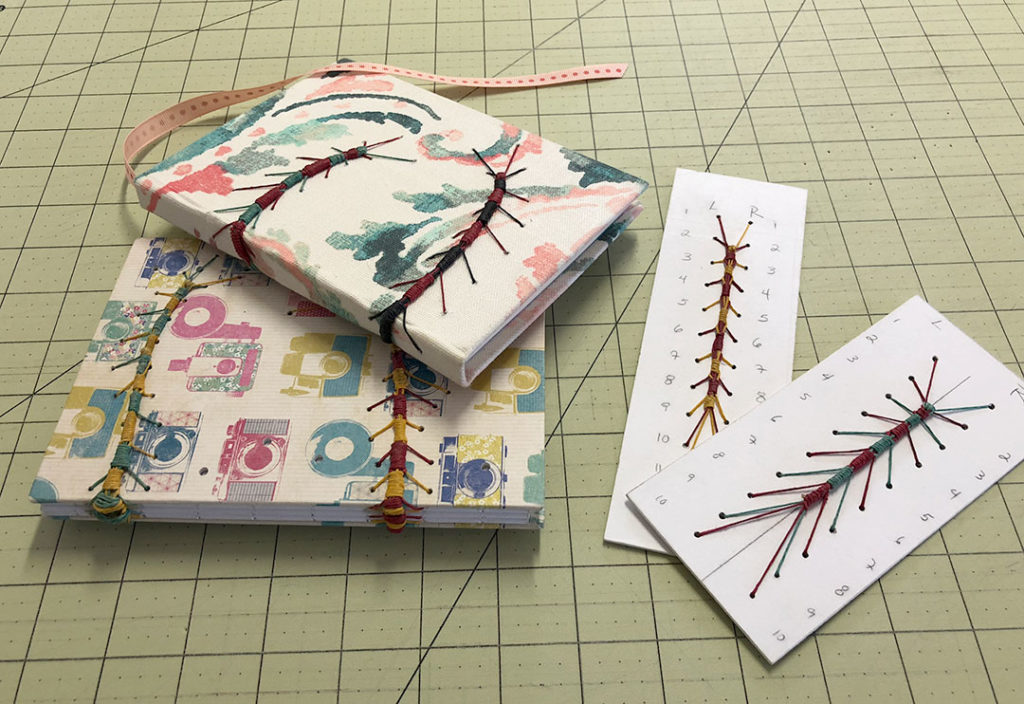 You can use this unique and fun stitch in a purely decorative way or as the actual binding structure. This stitch is always an attention grabber.
You can use this unique and fun stitch in a purely decorative way or as the actual binding structure. This stitch is always an attention grabber.
Stab Binding
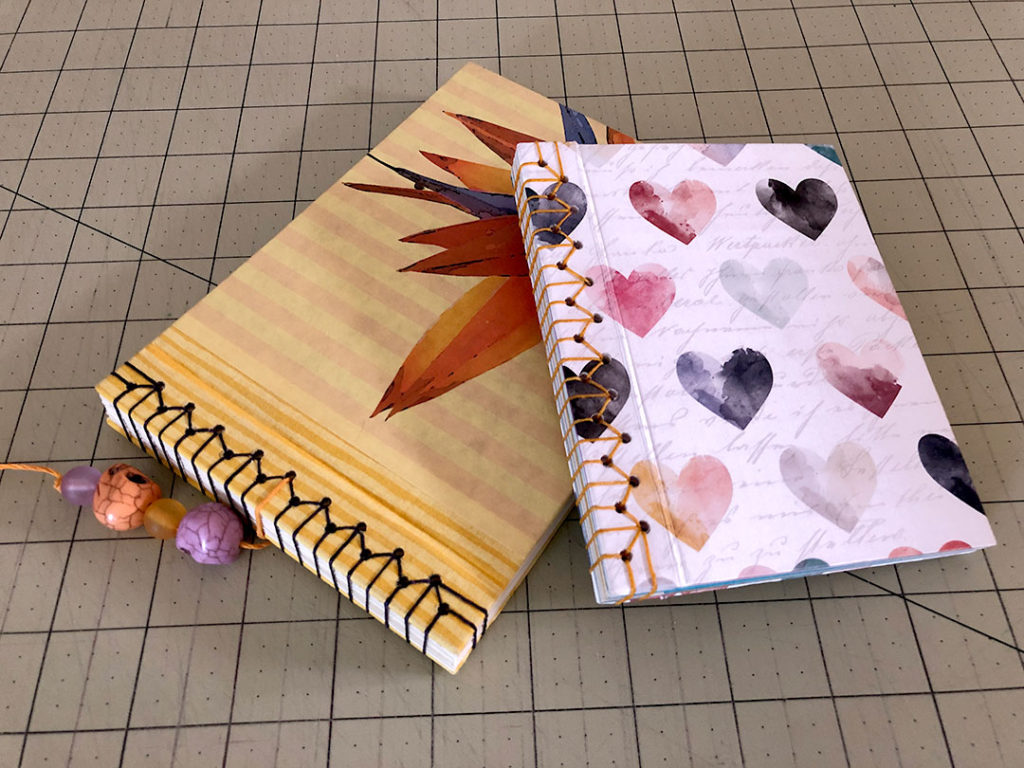 This form of binding does not use signatures or folios, just a simple stack of pages. So, you can use a wide variety of papers, taking advantage of different textures, designs, weights and colors.
This form of binding does not use signatures or folios, just a simple stack of pages. So, you can use a wide variety of papers, taking advantage of different textures, designs, weights and colors.
One disadvantage of Stab Binding is that the pages do no lie flat when the book is open (much like a traditional case-bound book does not lie flat when open). Since the pages already don’t lie flat you can sew around the head and tail of the spine, which you wouldn’t do with other binding methods if you wanted a book to lie flat when opened.
*Boxes and Slipcases*
Hinged Lid Box
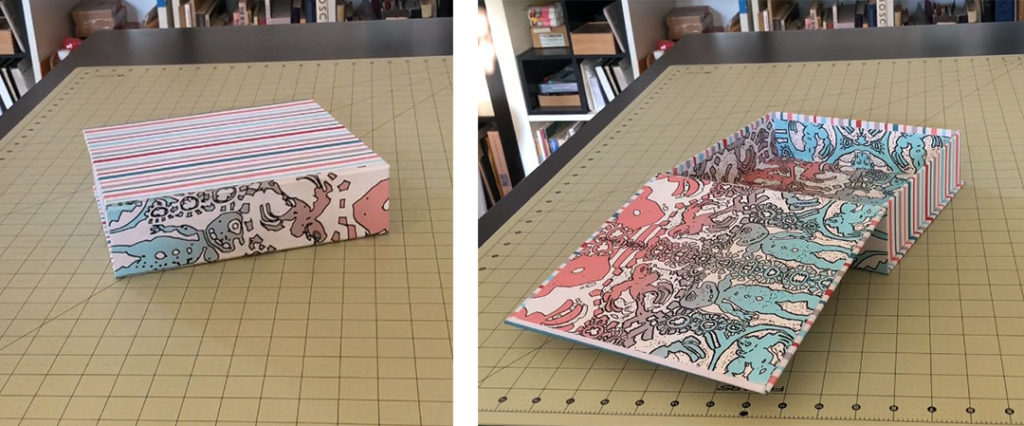
This classic box has a multitude of uses. Keep your handmade books in it, give it to your kids for a treasure box or use it as a sophisticated gift box. The construction from heavy bookboard and archival bookcloth and paper will ensure that it lasts forever!
Hardbound Explosion Box
While technically neither a book nor a box, the explosion box lends itself to many creative uses, including containing book-like elements. This particular version is made with bookboard and is much more substantial and sophisticated than the usual cardstock explosion box.
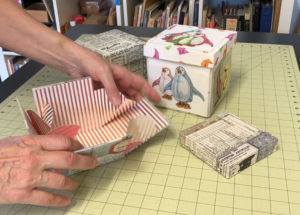
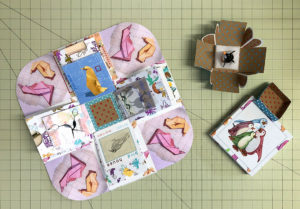
Slipcase
A slipcase is a classy and classic way to protect your handmade books.
Clamshell Box
This neat little folding box makes a great container for a special book or set of books. It’s also perfect as a portfolio box, holding separate images. The fact that one side is completely open once you open it up makes it very easy to get items in and out. 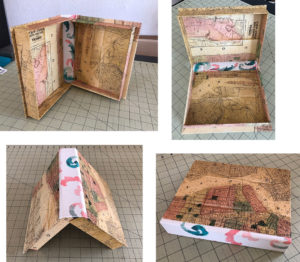
Traditional Hardcase Portfolio
You can use this classic folio for a wide variety of tasks, from holding drawings and prints, showing off at a job interview or holding your wedding vows during your wedding ceremony!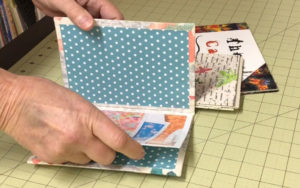
Hardbound Portfolio Case
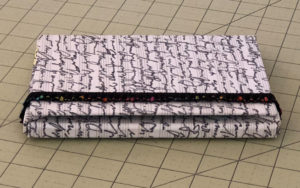 Make a more sophisticated version of the traditional portfolio cover. This is a great additional way to show off your creativity when showing off your portfolio.
Make a more sophisticated version of the traditional portfolio cover. This is a great additional way to show off your creativity when showing off your portfolio.

*Folded and Glued Books*
Piano Hinge Binding
Square Flexagon
A still image doesn’t do this fun book justice. It feels like a magic trick once it’s all folded together. This is a great kid’s project because the only supplies you need are paper, scissors and a glue stick, but you can also make some very creative artist books from this simple form.
Folded Guest Book
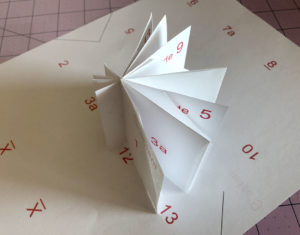 Another fun kid’s project. You can create a fairly complex book using nothing but paper, scissors and glue.
Another fun kid’s project. You can create a fairly complex book using nothing but paper, scissors and glue.
Origami Book (Instant Book)
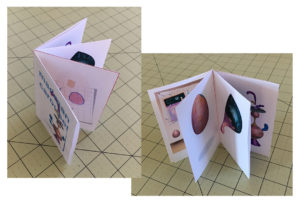 This is a very simple book to create that needs no sewing or gluing. A piece of paper and a pair of scissors are all it takes. This is a great book to make as a kid’s project since it doesn’t take any special equipment or skill.
This is a very simple book to create that needs no sewing or gluing. A piece of paper and a pair of scissors are all it takes. This is a great book to make as a kid’s project since it doesn’t take any special equipment or skill.*Miscellaneous*
Book Cover with a Window
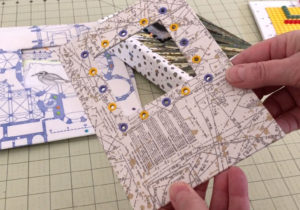 Adding a window adds a new dimension to any book cover or box lid.
Adding a window adds a new dimension to any book cover or box lid.
Screw Post Binding
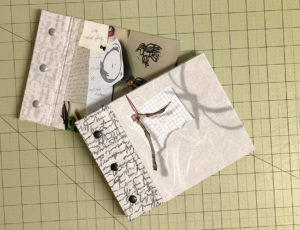 This type of construction has a couple of great advantages, particularly if you want to use this book as a scrapbook, or maybe a travel journal where you are saving ephemera like ticket stubs, or play broadsides. You can use spacers to add space between the pages for bulky items, and you can freely add and subtract pages by simply unscrewing the posts.
This type of construction has a couple of great advantages, particularly if you want to use this book as a scrapbook, or maybe a travel journal where you are saving ephemera like ticket stubs, or play broadsides. You can use spacers to add space between the pages for bulky items, and you can freely add and subtract pages by simply unscrewing the posts.
Making Soft Book Covers
Here’s one fun technique for making your own soft covers for wrapped books.
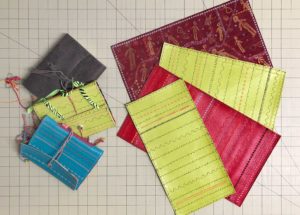
Making Rubber Stamps
With a few simple supplies it’s easy to make your own rubber stamps.
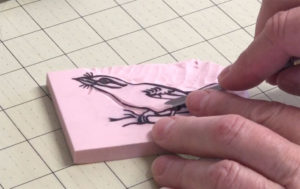
Altered Books
Make your own custom book out of an old book.
